With Pokemon Legends: Z-A releasing on the Nintendo Switch 2 last week, there has been a lot of love around the Kalos Region. With all the hype surrounding the release, I figured now would be a great time to turn back the clock and take a look at the origin of the Kalos Region: Pokemon X and Y on the Nintendo 3DS.
Let’s go back to 2013: The Harlem Shake is taking over social media, Breaking Bad has just concluded its run, and Pokemon X and Y are about to hit the shelves. Being the first mainline entry on the Nintendo 3DS, there was a lot of hype surrounding the big jump in graphics, the new game mechanics of Mega Evolutions, and the introduction of the fairy types. Fast forward to 2025 however, and these games are “some of the worst in the series” in the eyes of many pokemon fans, what happened?
Going Back To The Past
To fully understand the hype of Pokemon X and Y, we first need to talk about the state of Pokemon at the time. In 2012, Pokemon released Pokemon Black 2 and White 2, the last Pokemon entries on the very popular Nintendo DS. These games were highly praised follow-ups to the original Black and White and pushed the absolute limits of what the DS could do. I mean comparing these games to Pokemon Diamond and Pearl that were released on the DS in 2007, and the comparison is night and day:
Diamond and Pearl

Black 2 White 2
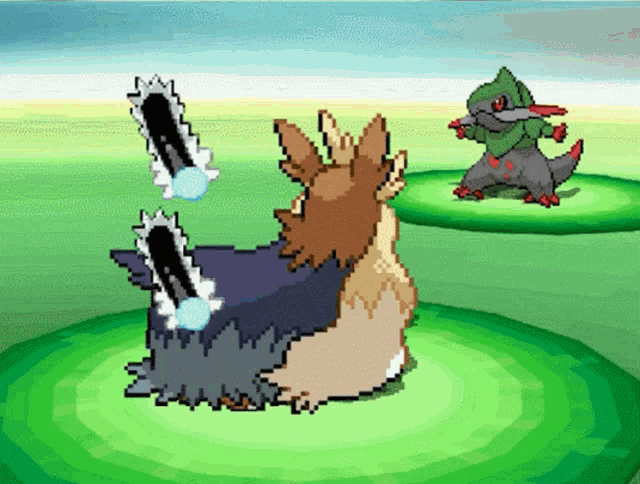
Pokemon was evolving, and fans couldn’t wait for the day that their pokemon would finally enter the third dimension.
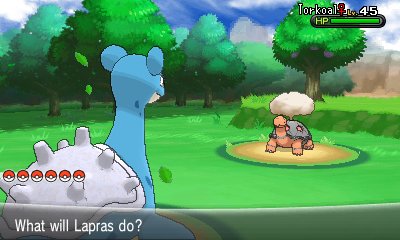
Release
Pokemon X and Y released on October 13th on the newly released Nintendo 3DS, 2013, only one year after Black 2 and White 2. The games introduced fans to fully rendered 3D modeled Pokemon. While this may not seem like a big deal nowadays, keep in mind that 3D models were exclusive to Pokemon spin-off games on home consoles like the Nintendo 64, Gamecube, and the Wii, and even these games didn’t always have every Pokemon available at the time. The jump to 3D also meant that all 716 Pokemon at the time needed a new model to be made for them which was an insane task to accomplish. The games look beautiful as a result.
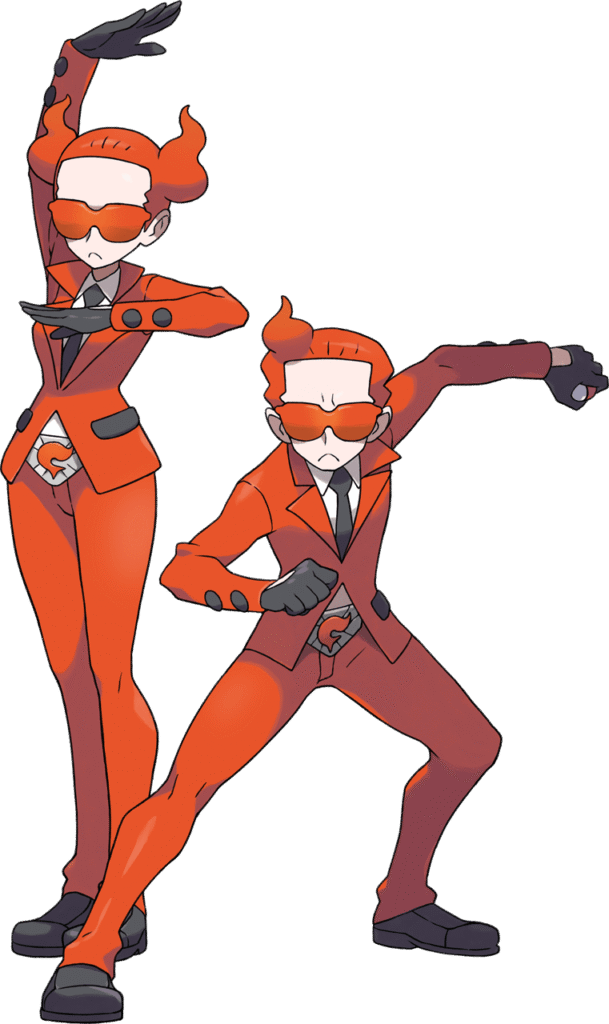
Team Flare
The game follows a similar structure to the Pokemon games that came before it: the player picks a starter Pokemon from your professor, you have rivals that you battle occasionally, take on seven gyms to earn gym badges, beat the elite four to become the Pokemon champion, all while taking on an evil organization hell-bent on taking over the world. I don’t have a problem with the main part of the game, as I felt that the gym leaders were each distinct and I really enjoyed the locations in the game, such as the bustling Lumiose City, and the snowy and cozy Snowbelle City. The evil organization however is a different story. In this game, you go up against Team Flare. Their main objective is to activate the “ultimate weapon”, which is a machine made by AZ, the ruler of Kalos 3,000 years ago, combined with the power of the cover box Legendary Pokemon to wipe out all life that does not agree with Team Flare to make “a better world”. This story didn’t seem as developed compared to other organizations in previous games, like Team Plasma. Going from a organization that thinks Pokemon battles are inhumane and makes you think about the morality of the game you’re playing, to an organization that wants to take over the world by killing half of it, is a big step down.
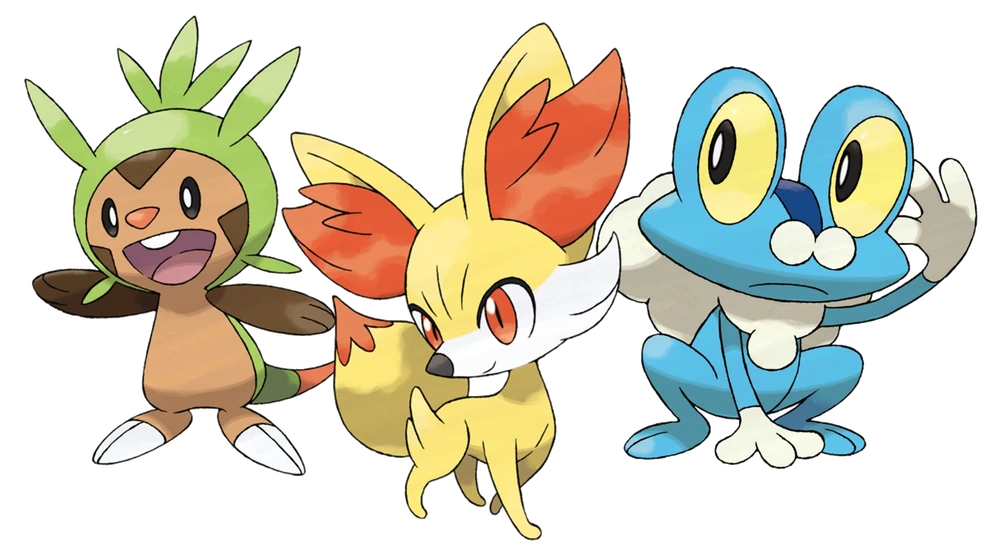
New Pokemon
There are only 72 new Pokemon in the Kalos Region, which makes this the smallest amount of new pokemon introduced in a game ever. This makes sense as the developers needed to make new models for all of the pre existing Pokemon. I also feel that there are a lot of cool designs for Pokemon in this game such as Pyroar, a Fire type Lion, so I didn’t mind.
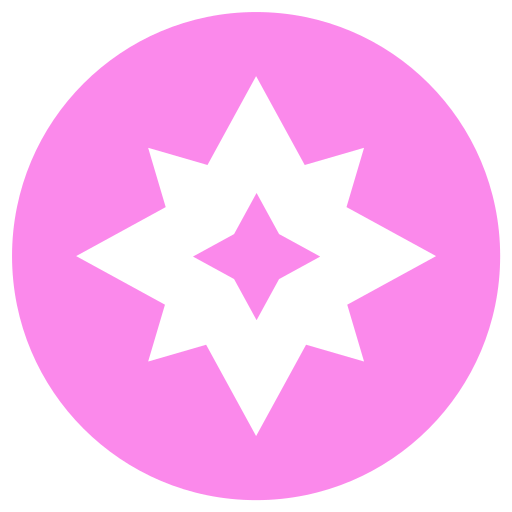
Fairy Types
This game also introduces the Fairy typing to the Pokemon lineup. 12 of the new Pokemon from this generation are Fairy types and 25 returning Pokemon have been retroactively been given this typing. This is a welcome addition to Pokemon as this Fairy type is super effective against Dragon types, which had previously only been weak to themselves as well as Ice types. This makes the game more balanced and is one of the best additions this game introduced.
Difficulty
I need to address the elephant in the room: this game is really easy. There are a few things that led to these game’s drop in difficulty, however I think the big contributor was the reworking of experience share. For those who don’t know, experience share is a feature in Pokemon where the user can help Pokemon in your party who are not in battle gain experience and level up just by using other pokemon in your party to battle. In previous games, experience share was a held item that you could give to one Pokemon in your party after receiving it. In this game, experience share is unlocked after completing the first gym and applies to all the Pokemon in your party. This means that you don’t need to use all the Pokemon in your party to level them up, which pretty much killed the need to train all of your Pokemon up to fight the next gym leader. This also leads to pokemon being overly powerful too early and makes most of the battles in this game cakewalks. I can excuse this because experience share can be turned off (unlike future games in the series).
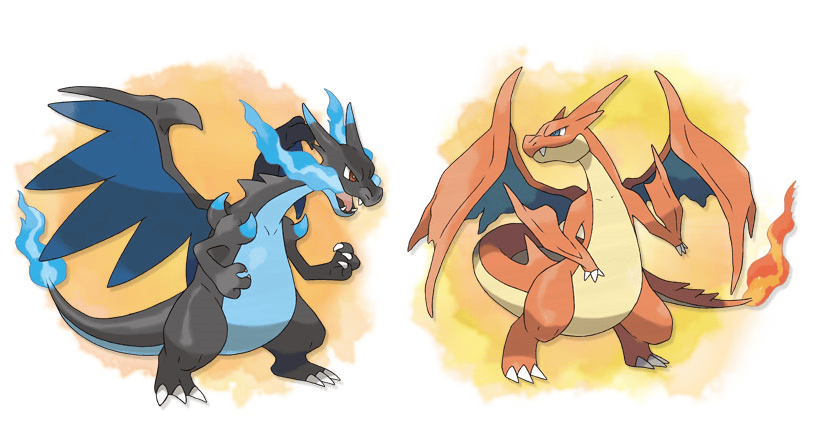
Mega Evolutions
Mega Evolutions are a brand-new feature in this game in which if your pokemon is holding its corresponding Mega Stone and you have a mega ring, you can temporarily mega evolve it to turn it into a more powerful version of itself with a new design. This feature is a very cool idea that I really enjoyed as a kid, thus I have no issues with it. However, only 26 Pokemon got Mega Evolutions, which in my opinion was not nearly enough. It doesn’t help that two Pokemon: Charizard and Mewtwo, both got two Mega Evolutions exclusive to the version of the game that you purchased. Mewtwo makes sense to me as it’s a legendary Pokemon, Charizard however was a very odd choice, especially considering that it’s starter counterparts, Blastoise and Venosaur, only have one. The game also hands you a Kanto starter Pokemon with a Mega Stone and a Mega Lucario, contributing to an easier game. This addition also led to every new game having a new battle mechanic: Z Moves in Sun and Moon, Dynamaxing and Gigantamaxing in Sword and Shield, and Terrastalizing in Scarlet and Violet. Nintendo tried to keep Mega Evolutions going in Sun and Moon as a postgame feature. However, with all the new mechanics being introduced, it slowly started to fizzle out in the main series games. This makes sense as Mega Evolutions required more items to access and needed new designs for each Pokemon they wanted to include, whereas the newer mechanics tend to be available to all Pokemon in some shape or form.
Looking Back
Pokemon X and Y are very interesting to come back to. These games ushered in the modern era of Pokemon, with many features from these games being staples in Pokemon games today. For better or worse, fans of the new Pokemon games should be thankful to these games for being the blueprint. These games are usually lumped with Sword and Sheld as some of the worst Pokemon games in the franchise. However, I don’t think that’s very fair. I think that older fans’ opinions of this game are blinded by what they were expecting from a successor to Black 2 and White 2, whereas the Pokemon Company chose to go in a more beginner-friendly direction. If you look at these games by themselves, it’s a fun adventure with plenty of replayability, which is common for most Pokemon videogames. Many Pokemon fans love to replay their favorite games because it takes them back to a distinct era of the franchise and I find that here as well. I’ve noticed a phenomenon where once younger generations grow up, the reputation of something they grew up with improves. We’ve seen this phenomenon with the Star Wars prequels and even Pokemon Ruby and Saphire. When those games came out, fans of the original two generations hated them for not being able to transfer their Pokemon from the previous games, yet they are now fan favorites. Who knows, Maybe X and Y will see this kind of resurgence as well.
If you enjoyed this blog, please check out my previous work here.

Alan is a Hands-on and Driven Digital Marketing Student at Western Michigan University. He is currently working on backtothe8-bits.com as a project for his SEO and Content Marketing class.

